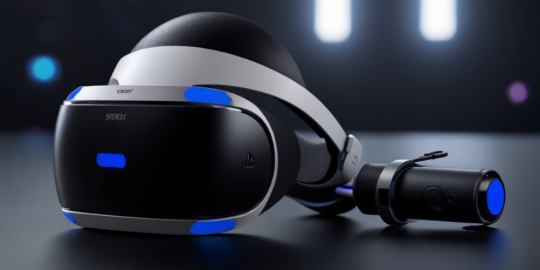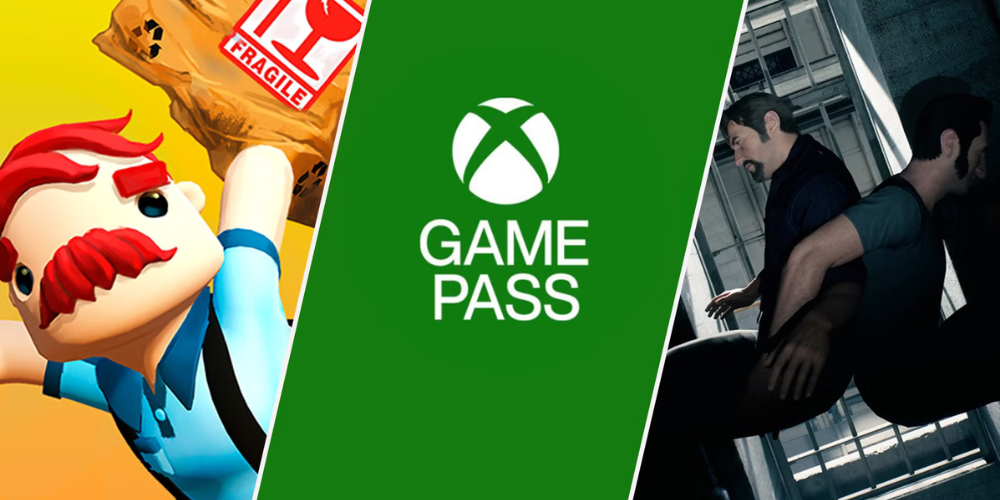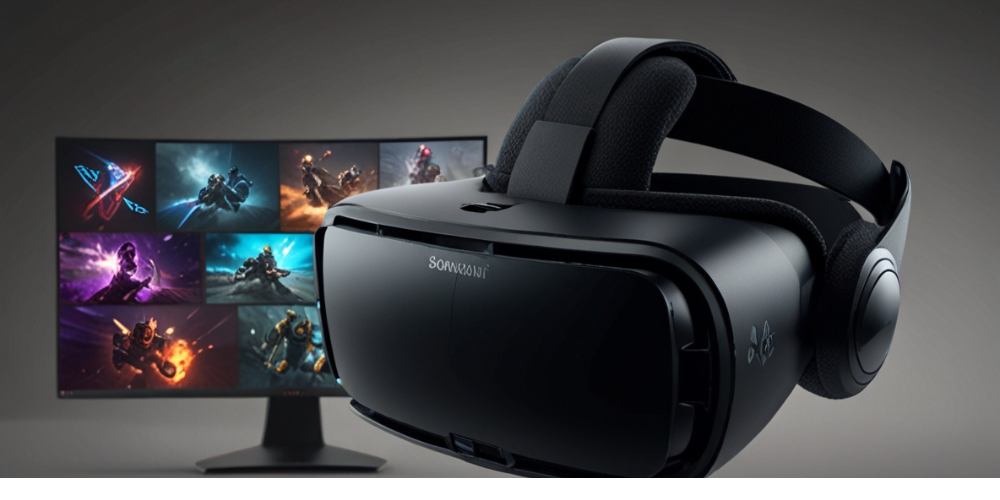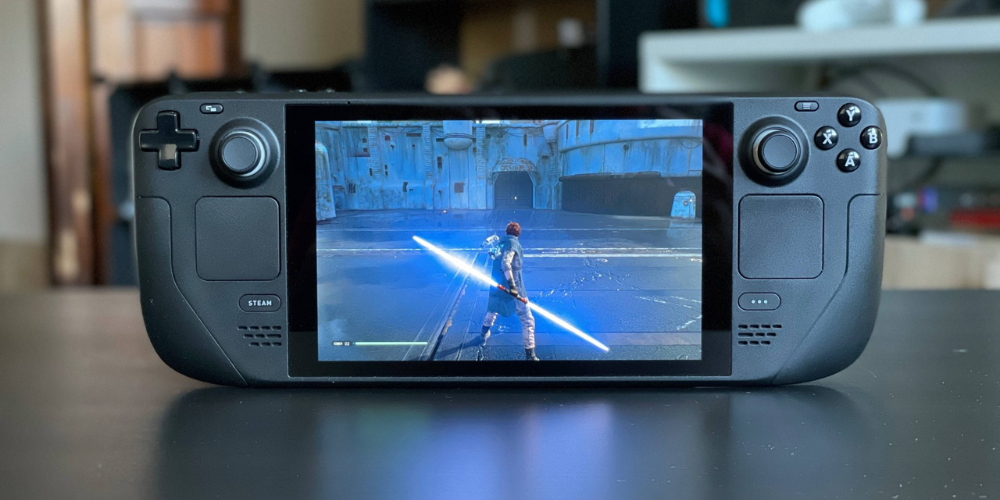
The Rise of Virtual Reality
Virtual reality (VR), widely recognized as one of the most transformative innovations within the last decade, has dramatically reshaped the landscape of gaming and beyond. The advent of increasingly accessible and sophisticated VR headsets marked a significant leap in technology, particularly within the realm of console gaming. No longer confined by the limitations of conventional screens, gaming enthusiasts were introduced to an unparalleled level of immersion that redefined their experiences.
The integration of VR technology into popular consoles like PlayStation, exemplified by its PSVR headset, opened up a plethora of new possibilities. Gamers found themselves transported into fully realized 3D worlds, where the boundaries between the physical and virtual realms blurred. They could now explore vast, vivid landscapes, engage in intricate and interactive environments, and experience the sensation of 'being there' in ways previously unimaginable. This fusion of advanced VR capabilities with console gaming hardware meant that players could dive deeper into their favorite games, enjoying an enriched sensory experience that catapulted them into new dimensions of engagement and enjoyment.
Streaming Games with Cloud Technology

Gaming consoles have also embraced cloud technology, subsequently revolutionizing how we access and play games. Services like Xbox Game Pass allow players to stream a vast library of games directly to their consoles without needing physical discs or lengthy downloads. This convenience and accessibility have resulted in broadened audiences and made gaming an even more integral part of pop culture entertainment.
Social Integration and Online Ecosystems
With the rapid evolution of social media platforms, console gaming has undergone a significant transformation, incorporating a multitude of features designed to enhance and facilitate greater social interaction among gamers. Sophisticated in-game chat systems allow for real-time communication, fostering camaraderie and strategic planning. Community groups and forums provide dedicated spaces for gamers to share tips, organize events, and build lasting friendships. The ability to share achievements instantly within these networks has added a new layer of motivation and competition, encouraging players to showcase their skills and exceptional moments.
Additionally, the integration of live-streaming capabilities has opened up unprecedented avenues for gamers to broadcast their gameplay to global audiences, creating dynamic content and engaging with viewers in real-time. These advancements have led to the establishment of robust online ecosystems that have not only reshaped how we connect socially but also given rise to new professional opportunities.
The burgeoning field of eSports competitions has carved out a niche for elite gamers to compete at the highest levels, often with lucrative rewards. Simultaneously, the rise of streaming careers has allowed content creators to monetize their passion, attract sponsorships, and build personal brands. Through these innovations, console gaming continues to break boundaries, enriching the gaming experience and offering avenues for social connectivity and professional growth.
Enhanced Motion Control Systems

Nintendo's Wii kicked off the motion control craze, but the past decade has seen dramatic improvements in this field. Enhanced sensors now offer more precise tracking and responsiveness within gaming experiences. Sensors embedded within controllers like Sony's DualSense for the PlayStation 5 capture player nuances, providing haptic feedback to simulate realistic tactile sensations that match on-screen actions.
An Era of Backward Compatibility
In recent years, a heightened clamor from the gaming community for the ability to maintain seamless gaming experiences across console generations has been a driving force behind the industry-wide embrace of backward compatibility. Game enthusiasts have vocally expressed their desire for continuity, not wanting to abandon their cherished game collections each time a new console is released. Responding to this, manufacturers of current-generation consoles have implemented extensive backward compatibility features. These advancements mean that modern consoles are equipped to run a vast array of games from their predecessors, safeguarding gamers' financial commitments and emotional attachments to their existing game libraries.
This commitment to backward compatibility ensures that the myriad of titles that have defined the gaming landscape over the years remain accessible and playable. From time-honored classics that evoke nostalgia to more recent blockbusters, players have the luxury of revisiting and enjoying a broad scope of games without the need to keep outdated hardware. The inclusion of such features has been warmly received by industry veterans who crave a trip down memory lane, as well as by new players keen on exploring the rich history of video gaming. The unification of gaming libraries across console generations has become an essential aspect of modern gaming's appeal, fostering a continuity that respects the past while pushing forward into the future of interactive entertainment.
Paving the Way for Cross-Platform Play

The concept of breaking down the barriers that have traditionally existed between various gaming platforms signifies a transformative shift in the landscape of the gaming industry. This advancement, widely known as "cross-platform play," profoundly impacts how multiplayer gaming experiences are shared among friends and the broader gaming community. Cross-platform compatibility is a revolutionary feature that transcends the limitations once imposed by brand-specific consoles and personal computers. It empowers gamers to connect and engage with one another in multiplayer environments regardless of whether they own an Xbox, PlayStation, Switch, or a gaming PC.
By eliminating the constraints and divisions that platform-specific multiplayer gaming once entrenched, cross-platform play fosters a more inclusive and unified gaming environment. This integration allows individuals who have varying device preferences or are loyal to different console manufacturers to come together and participate in gaming sessions as if they were on the same platform all along, effectively eradicating the gaming silos that separated them. Players are no longer segregated by their hardware choices but are instead able to unite under the banner of their shared love for games, thereby cultivating a singular, harmonious community that celebrates the collective gaming experience without prejudice toward any particular device ecosystem.
Reflecting on Game-Changing Innovations
In conclusion, it’s undeniably clear that the last decade has introduced a series of remarkable changes that have fundamentally transformed the landscape of console gaming. At the forefront of these innovations is the enhancement of personal immersion through the advent of virtual reality (VR) technology, which has ushered players into increasingly lifelike and engrossing game worlds. Simultaneously, the rise of cross-platform capabilities has played a pivotal role in uniting global communities, breaking down barriers that once kept players isolated by their choice of console.
These technological advances reflect an industry that is continually pushing the boundaries of what is possible, tirelessly seeking new ways to captivate and engage gamers from all corners of the globe. By providing novel, interactive experiences and expanding upon the well-loved traditions of classical gaming paradigms, the gaming industry demonstrates a steadfast commitment to innovation and evolution. Players now have access to a diversity of gaming experiences that are richer and more interconnected than ever before, underscoring a decade of groundbreaking progress that promises even more thrilling developments in the years to come.